This Onion Rye Bread with Dill is one of the easiest homemade yeast bread recipes you'll ever make. Since the loaves are rustic, there is no need for fussy shaping.
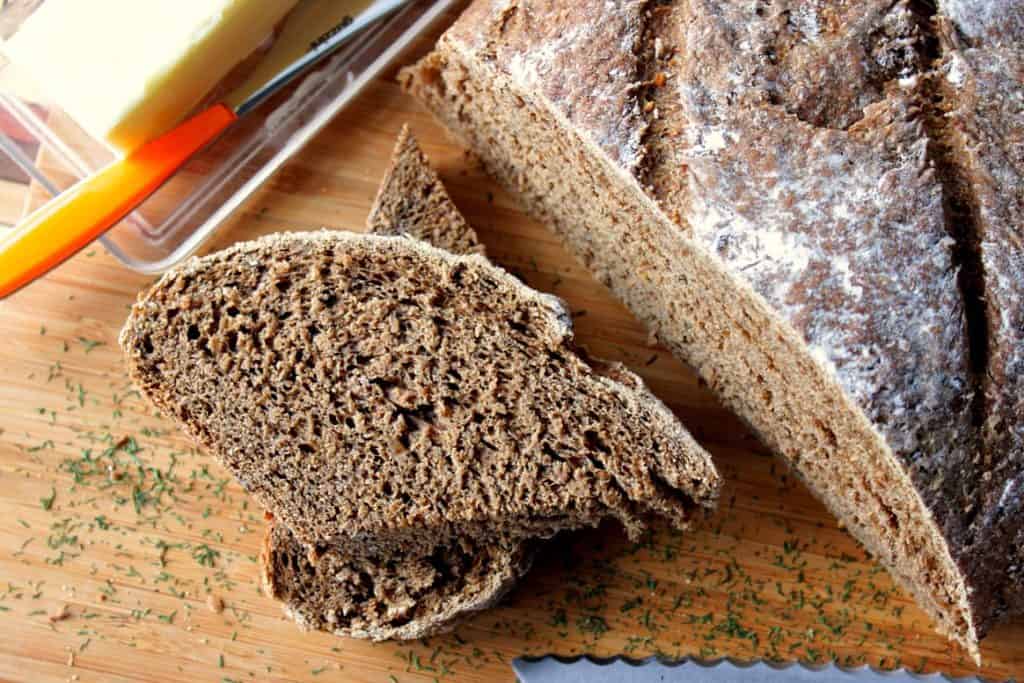
Table of Contents Found Here
- How this recipe came to be:
- The ingredient list:
- Why this recipe works:
- How many loaves of bread does this recipe make?
- How long does this rye bread recipe take to make from start to finish?
- Is a stand mixer necessary to make this yeast bread?
- What is the difference between bread flour and all-purpose flour?
- Want to learn more about the differences between bread and all-purpose flour?
- The step-by-step photo instructions for making Onion Rye Bread with Dill:
- Can this bread be frozen after baking:
- Additional yeast bread recipes you'll also enjoy:
- Printable Recipe Card
- Please comment if you've made this recipe.
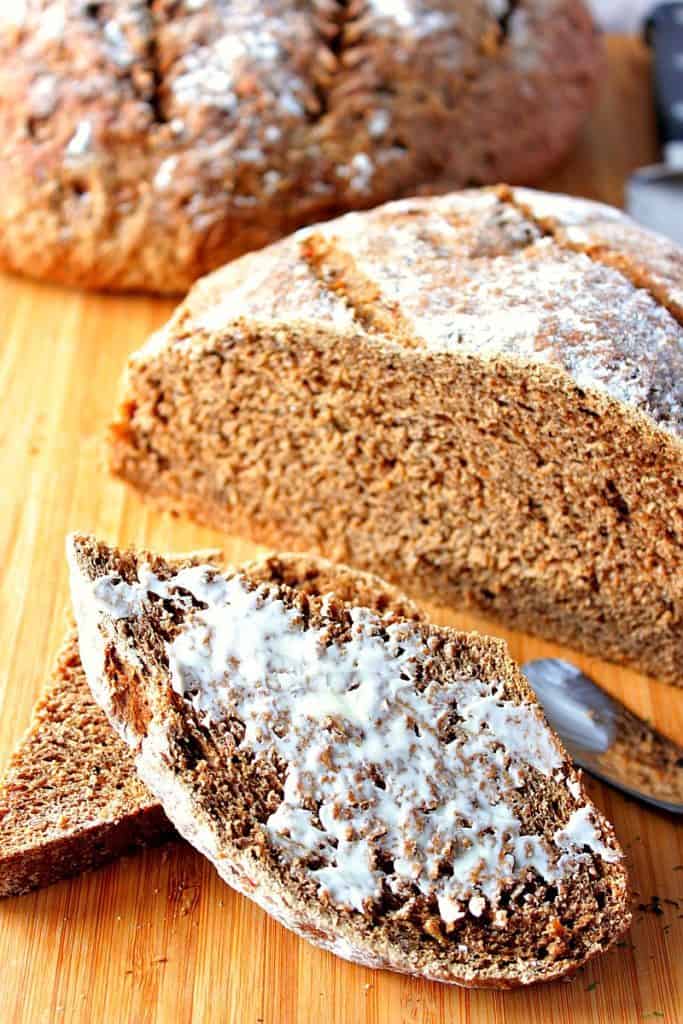
How this recipe came to be:
I made this German-inspired yeast bread to bring to my mom's house this past weekend because we were cooking a feast of Pork Ribs and Sauerkraut, knöldes (German boiled dumplings), and Beinenstitch (Bee Sting Cake).
The ingredient list:
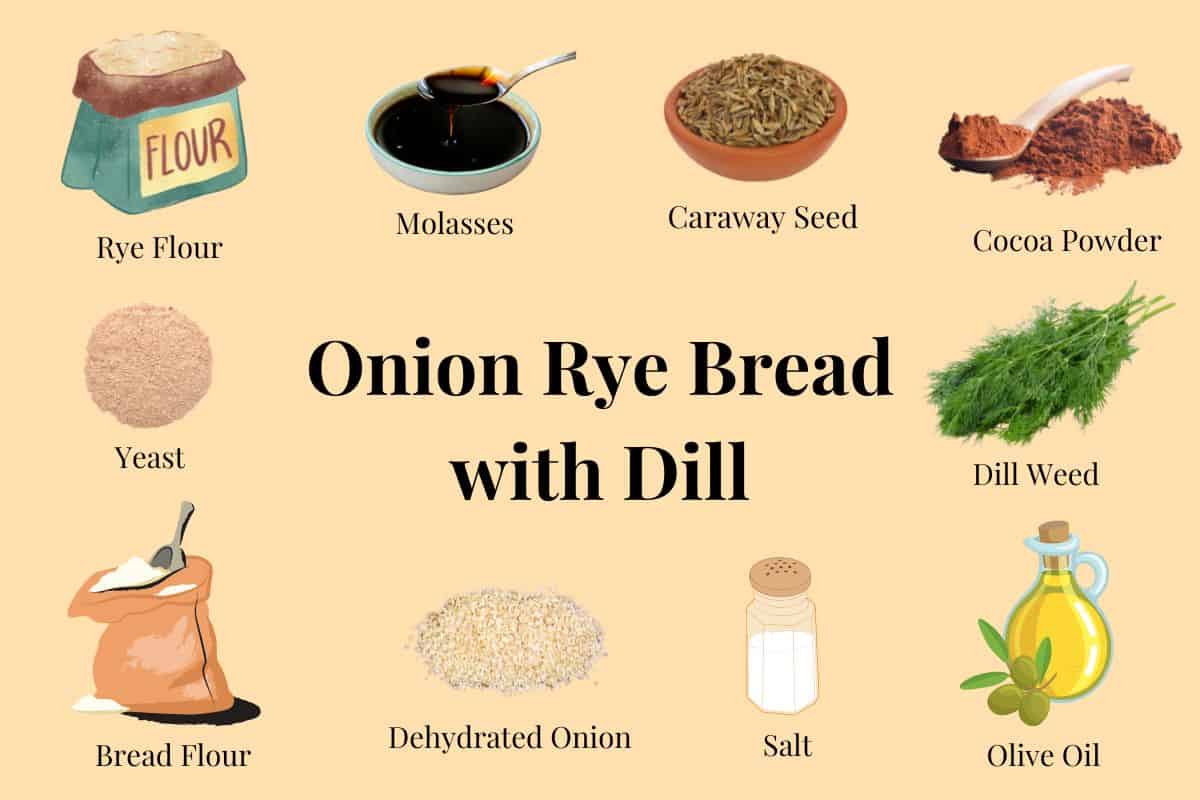
Why this recipe works:
If you love a good hearty rye bread that has a lot of body and flavor. This rustic onion rye bread with dill ticks all those boxes, and then some.
If you're a novice at making homemade yeast bread, this recipe is a good one to cut your teeth on.
This dark rye bread is an excellent slicing bread which makes it perfect for sandwiches since the crumb is fairly dense and tight.
The crust is crisp and chewy, and the interior isn't at all dry which may be a surprise when you think of hearty rye bread.
Toast this bread in the morning served along with a poached egg and you'll have a healthy breakfast that will sustain you all through your busy morning.
This onion rye bread with dill is also the perfect bread for making Rueben sandwiches, or it will take your ham and cheese to a whole new level! Oh boy! Now I'm hungry for a sandwich! 🙂
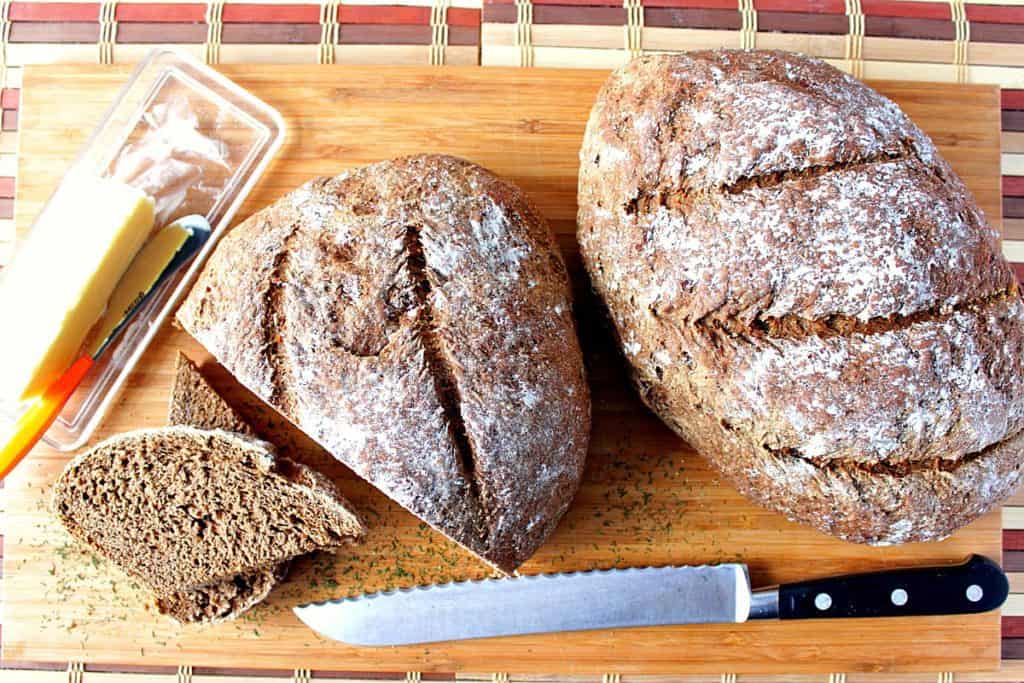
How many loaves of bread does this recipe make?
This recipe for dark rye bread with dill makes two good-sized loaves of bread.
This way you can either feed a crowd by making a whole bunch of sandwiches, or have one loaf now, and freeze another loaf for later.
Whatever you decide to do, just make sure to try this recipe at home. If you like rye bread, you'll be glad you did!
How long does this rye bread recipe take to make from start to finish?
From start to finish this bread will take approximately 5 hours to make but will only take roughly 30 minutes of hands-on time.
The rest of the work will be done by the yeast in a warm, draft-free place.
Is a stand mixer necessary to make this yeast bread?
I did use my stand mixer to knead the dough.
However, if you don't have a stand mixer, you needn't worry. You can still make this recipe by using good old-fashioned manual kneading power, and you'll also get the benefits of a good cardio workout.
Save this for later.
Email forwarding service for saving information.
What is the difference between bread flour and all-purpose flour?
Bread flour has a higher gluten content because it contains more protein than all-purpose. Because of the higher gluten content, bread flour creates a more elastic dough which will give the bread a better rise, and create a chewier texture.
Want to learn more about the differences between bread and all-purpose flour?
This article from Bob's Red Mill will teach you all you "knead" to know.
The step-by-step photo instructions for making Onion Rye Bread with Dill:
- Dissolve the active dry yeast in the warm water (105-110 degrees Fahrenheit), and molasses.
- Allow the mixture to sit for 5 minutes to get foamy. *Note - if your mixture does not get foamy, the yeast is dead and your bread won't rise.

- Transfer the yeast mixture to the bowl of a stand mixer, or a large bowl.
- Add the caraway seeds and cocoa powder, salt, and olive oil. Whisk together.


- Add the rye flour to the mixture and stir with a wooden spoon to incorporate.
- Add the bowl to the stand mixer and add the bread flour, in 1 cup increments, using the dough hook to knead after each addition. *Note - If not using a stand mixer, stir in as much flour as you can with the wooden spoon and then switch to using your hands to completely incorporate the bread flour.
- Knead the dough for 7-10 minutes until smooth and elastic.
- Place the kneaded dough in an oiled bowl and cover with plastic wrap.
- Allow the dough to rise until doubled (approximately 90 minutes) in a warm, draft-free place.


- Turn the risen dough out onto a counter and divide it evenly in half.
- Sprinkle a light dusting of cornmeal on a baking sheet lined with parchment paper (optional).
- Shape each loaf into an oval and place them on the prepared baking sheet.
- Return the dough to a warm, draft-free place to rise again to double (approximately 60 minutes).
- Preheat the oven to 350 degrees Fahrenheit and bake the bread for 50 - 60 minutes, or until the loaves sound hollow when tapped.
- Remove to a wire rack to cool completely before slicing.

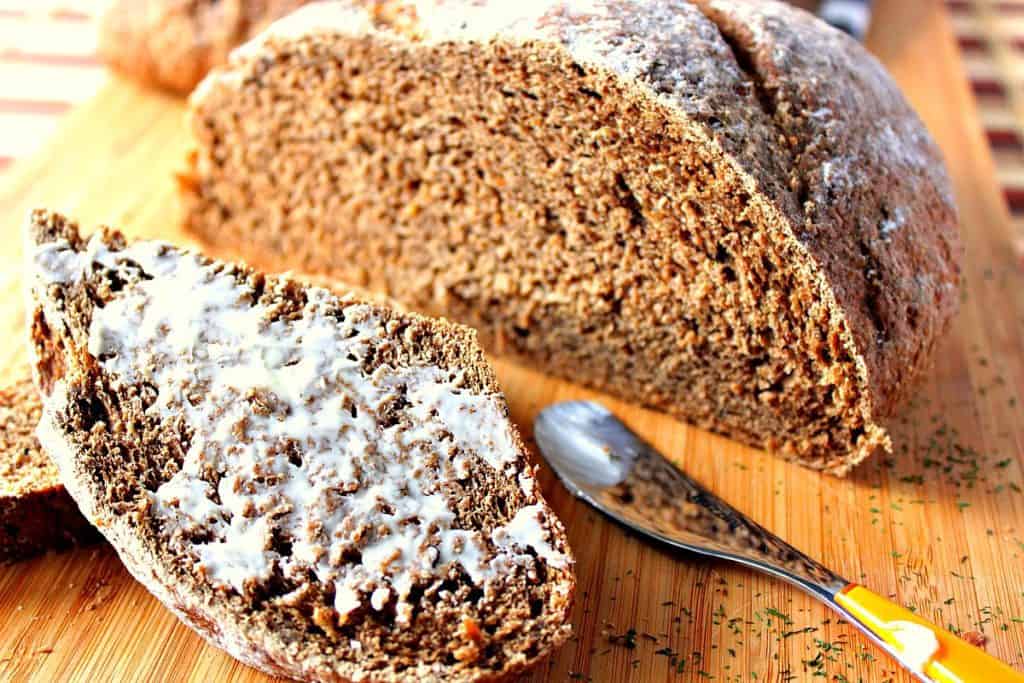
Can this bread be frozen after baking:
Yes!
If freezing, wrap the unsliced bread well in a layer of plastic wrap, and a layer of aluminum foil, and freeze for up to 2 months.
If stored on the counter, wrap the loaves loosely in plastic wrap or foil and store them at room temperature for 3 days.
Additional yeast bread recipes you'll also enjoy:
Homemade Honey Ricotta Yeast Bread
Avocado Yeast Bread with Cilantro
Oatmeal Honey Bread with Sunflower Seeds
Whole Wheat Dijon Pretzel Bread
When you make today's recipe (and I hope that you will), I'd appreciate it if you'd take the time to come back and give it a star rating along with a comment on why you rated as you did.
Search engines such as Google appreciate comments and ratings and, in turn, will show my recipes to more people. Please look for the pink star rating box within the printable recipe card. Thank you!!
Printable Recipe Card
Onion Rye Bread with Dill
Equipment
Ingredients
- 2 packages (4½ teaspoons active dry yeast
- 2½ cup warm water warm to the touch, not hot
- ⅔ cup molasses
- 2 tablespoons caraway seed
- 2 tablespoons dried minced onion
- 1½ teaspoons dried dill weed
- 2 teaspoons cocoa powder
- 1½ tablespoon kosher salt
- ¼ cup olive oil plus additional for oiling the bowl
- 2 cups rye flour
- 5 cups bread flour plus additional for dusting
- cornmeal for baking sheet optional
Instructions
- In a small bowl, dissolve the yeast in the warm water and molasses.
- Allow the yeast mixture to sit for 5 minutes to get foamy.
- Transfer the yeast mixture to the bowl of a stand mixer and add the caraway, ¼ cup olive oil. minced onion, dill weed, cocoa powder, and salt. Whisk to combine.
- Use a wooden spoon to stir in the rye flour.
- Add the bowl to the stand mixer and use the dough hook to add the bread flour, one cup at a time, until all is fully incorporated into the dough. Knead for 5-7 minutes. *Note - if kneading by hand, switch from the wooden spoon to hand kneading once the dough gets too stiff for the spoon.
- Continue kneading until the dough is smooth and elastic.
- Add the dough to an oiled bowl and cover the bowl with plastic wrap. Allow the dough to rise until doubled in a warm, draft-free place for 90 minutes.
- Turn the doubled dough out onto the counter and divide evenly in half.
- Shape the halves into ovals and place them on a baking sheet lined with parchment paper that has been lightly sprinkled lightly with cornmeal to prevent sticking (optional).
- Allow the loaves to rise again until doubled, in a warm draft-free place for 60 minutes.
- Dust the tops of the loaves with additional flour, and then score each one a few times on the top (to allow for expansion so the bread doesn't split), before baking.
- Preheat the oven to 350-degrees Fahrenheit.
- Bake the loaves in a preheated oven for 50 - 60 minutes, or until the loaves sound hollow when tapped.
- Allow the bread to cool completely on a cooling rack before slicing.
Notes
Nutrition
Should you have any questions or comments regarding anything you've seen on my site, please don't hesitate to reach out to contact me. It is always my distinct pleasure to get back with you just as soon as I possibly can!
Thank you so much for visiting me today in my Kudos Kitchen. I hope you found something you'll love and that you will come back and visit me often. Please know that there is always room for you around my kitchen table!
Until we eat again, I hope you have a delicious day!



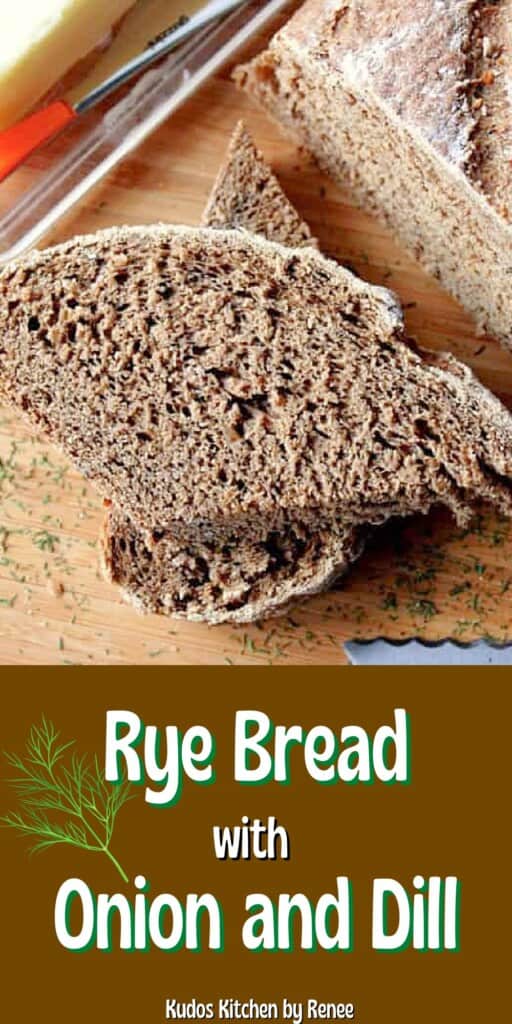
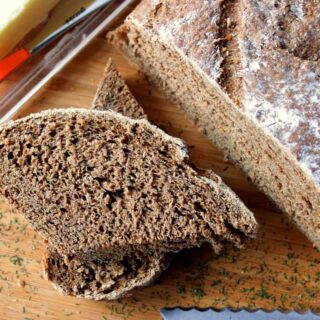
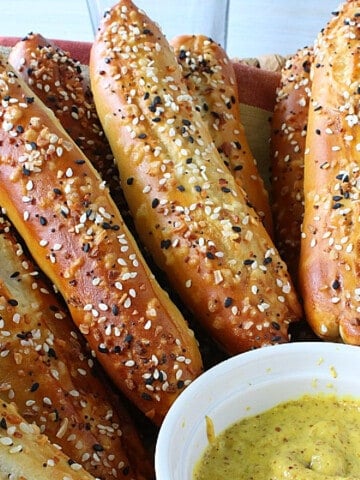
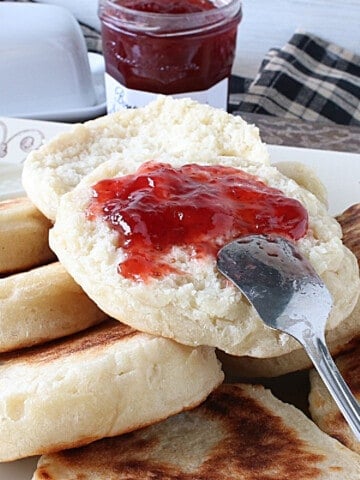
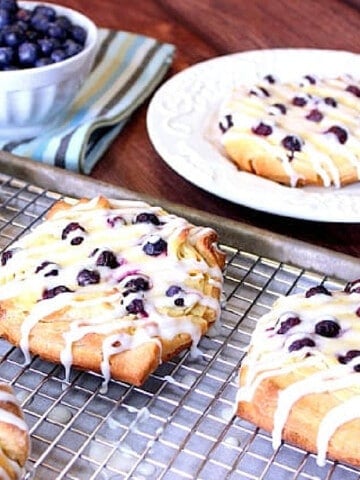
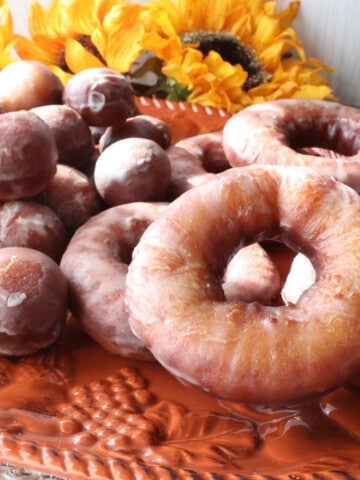
Stephen says
Found this recipe a few years ago, when I was looking to recreate a ‘dill dip in rye bread bowl’ recipe my dad would make for parties way back when. (Do a web search for ‘dill dip beau monde’ and you’ll find lots of folks have posted recipes with minor variations; give it a try, it’s still a crowd pleaser.)
The flavor and texture are great, working perfectly for the dip bowl or a hearty ham sandwich. Since caraway can be divisive in my family, I used only .5 Tbsp, and replaced the rest with 1.5 Tbsp of dill seed for an extra dilly flavor. I also like to do an egg wash for some shine, and sprinkle with flaked sea salt for a nice crunch and extra pop of flavor.
Recently, I’ve been moving to recipes using baker’s weights, typically specified in grams, for easier scaling and reproducibility. Clicking the ‘Metric’ button above the ingredient list does the ‘standard’ volume-to-weight conversions, but I’ve found that it leads to a very sticky dough that won’t form a ball, and needs quite a bit more flour to come together.
tl; dr - If you’re measuring your ingredients in grams, plan on adding about 300g more flour.
Figuring it was the volume vs weight, I kept track this last time and using an extra 300g of flour got the consistency I was looking for. With the metric version of the recipe calling for 204g rye and 625g bread flour, that extra 300g is quite an increase. Out of curiosity, I took 1 cup of bread flour using the scoop and swipe method and found its weight was about 40g more than the 125g ‘standard’ conversion. Calculating 40g times the 7 cups of flour (rye plus bread) in the US volume recipe yields 280g, pretty close to the 300g I added, so I’m pretty confident that explains the differences. Perhaps that’s also why Robin was having issues above?
Thanks for the recipe - it’s in my permanent collection now.
Renée says
Hi, Stephen!
So nice to hear from you, and also for all the information you've provided regarding weights and measures.
I've only recently starting using the kitchen scale for my recipes, and it takes a little getting used to.
That said, 2025 will be the year I switch completely from volume to weight conversions. I'm up for the challenge.
Also, I'll certainly Google the dill dip beau monde. It sounds like an amazing accompaniment for this bread.
I am so appreciative that you've kept this bread recipe in your permanent collection. I consider it an honor.
Thank you also for the 5-star rating. That's priceless.
I hope you'll visit me again. Until then, Happy New Year!
Fondly,
Renee
sandi says
Made this exactly as written. Wow, is it ever good. It made two large loaves, one which I put in the freezer and wrapped as instructed. I'm pleased that I found the recipe.
Renée says
That's awesome, Sandi! Thank you so much for letting me know.
Now I'm excited to make this again. Thanks for the reminder.
Take good care,
Renee
Robin Pinti says
Have made your bread twice so far and have had issues both times. As we have a smaller family and an extremely small freezer, I halved the recipe to make just 1 loaf. To begin with, your recipe doesn't note when to add the olive oil. Then, I never seem to get the dough to a "smooth and elastic" state, regardless of how long my KitchenAid kneads it with my dough hook. It always turns out sticky and very much like cookie batter, even when I add some additional flour. But I continue on, letting it rise, and it comes out ok. I love the flavor, as I have been searching for a good onion, dill, rye bread recipe to imitate the one that Great Harvest Grain Company stopped making. Can you help with my issues please? Thanks.
Renée says
Hello, Robin.
Thanks for writing.
First, let me apologize for my error in the recipe card regarding the olive oil addition. I've since fixed that, and I thank you for bringing it to my attention.
Since I work alone with no editors, sometimes mistakes slip through the cracks. Thank you for understanding.
Second, you have me stumped with your "cookie-batter" stage. Since you're cutting the recipe in half, I'm sure the ratio of flour to water is off. Sometimes with baking, it's not as easy as just cutting the list of ingredient measurements in half. If you can give me a little more information (like the ratio you're using), I'm sure I can be of more help. I'm glad you love the flavor, but now we just need to figure out consistency so you can be happy with the end result.
I look forward to hearing back from you.
Take good care,
Renee
Robin Pinti says
@Renée, The batch I made yesterday really failed....was only 3 inches high! It raised twice nicely, however when I tried to "score" the top it totally deflated and never regained it's former height! Again, the taste is fine. I used 1 1/4 cup water to 2 1/4 teaspoons (1 package) dry yeast. Then 1/3 cup molasses, 1 tbsp. onion, 3/4 tsp dill, 1 tsp cocoa, 1 1/4 tsp salt 1/8 cup olive oil, 1 cup rye flour and 2 1/2 cup bread flour. What do you think?
Renée says
Hi, Robin!
I certainly applaud your persistence. You didn't mention this time if the dough consistency was any different...less sticky?
I'm guessing that this time the dough was overproofed, and that's why it deflated. Were your other loaves taller, and hold their shape after scoring?
I'm completely curious as you never mentioned it.
If nothing else, I'm glad you enjoy the flavor, because it certainly is a hearty dense bread.
I'm sorry you're having such problems. I wish there was something more I could do to help.
I'll try to make the recipe myself (halved) and get back to you as to what else I think could be going wrong.
I'm not quite sure it will be anytime within the next few weeks, but I'll try.
Until then, take care,
Renee
Robin Pinti says
Were you ever able to duplicate my problems? I'm trying again today, and again have dough the consistency of glue. I forgot the oil (was looking at our old recipe!), but not sure that would do this. Also after proofing 90 minutes, the dough deflated when I removed it from the turned off oven and was again a sticky mess. As I am unable to shape it, I poured it into a loaf pan and am trying again for a second rise. I really love the flavor of this bread and wish I could figure out what I'm doing wrong. 🙁
Renée says
Hi, Robin.
Again, I'm really stumped and unfortunately I've not tried to duplicate the problem.
I'm going to order myself some rye and bread flour today and will hopefully get to bake one loaf
later this week. I know that won't help you now, but it's the best I can do.
I'll post back as soon as I can.
I'm sorry you're having such issues. Since nobody else seems to have had any problems,
once I give halving the recipe a shot I'm sure we'll be able to figure it out.
Renee
Robin says
Second rise was negligible. Seems like it over-rose on the first rise and had nothing left. Have decided to bake as directed and get 2 loaves. Hopefully that will eliminate the issues. Wish me luck....
Don Focht says
Wonderful bread x 2.
The only changes that I made were to substitute bacon grease for the olive oil and added 1/2 + cup of crumbled bacon ( 1 hand full). After all this is "old world"..
Leslie says
It looks like you scored the loaves and topped with flour but you don’t mention that in the recipe
Renée says
You are correct, Leslie. It was my error that I forgot to add that to the recipe card. I have since fixed it.
Thank you for letting me know. I appreciate your kindness.
Renee
Billy says
This looks like some great bread! I've been looking for a new bread recipe, and I have never tried bread with Dill before! That sounds delicious! Can't wait to try making this myself at home.
Renée says
Awesome, Billy! I'm glad I was able to bring you something unique and different. Enjoy!!